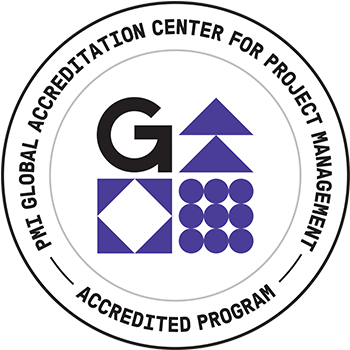
Presentation 1 of 2: Federal Construction Work Breakdown Structures: You Have Less Flexibility Than You Thought
Abstract: Recently published consensus standards on work breakdown structures such as ISO 21511:2018, Work Breakdown Structures for Project and Programme Management or the Project Management Institute Practice Standard for Work Breakdown Structures, Third Edition (2019) offer several valid approaches to assembling a work breakdown structure. Options for organizing the project include by performing organization, schedule phase, project deliverables, or by a combination of any or all three. However, federal construction projects cannot enjoy the latitude these standards offer. This presentation will trace federal executive orders, statute, regulations, and guidance from the Government Accountability Office to arrive at the kind of work breakdown structure that will most efficiently meet each agency’s obligations; namely, one oriented towards the enduring real property a federal construction project will acquire or improve. The presentation will end by explaining how following the described approach will allow federal agencies to pool their cost estimating relationship data.
PMI Talent Triangle: Technical Project Management
Presentation 2 of 2: Ins and Outs: Structuring the Scope Portion of a Complex Construction Project Peer Review
Abstract: Plans and specifications sufficiently communicate the scope of most construction projects. But what about projects that produce multiple kinds of structures that must tie into existing infrastructure in previously developed or sensitive locations? Reviewers beginning with plans and specifications risk missing the big picture: Attributes of the planned assets, basis of the planning, and the circumstances of the construction. The presentation will present a standardized framework for efficiently reviewing the scope portion of a complex construction project during, for example, a peer review. The framework has three sections and thirty-three subsections. Standardization eases the task faced by projects of assembling complete documentation while simultaneously easing the burden on reviewers by placing content in an ordained order. This flexible framework accommodates all construction projects regardless of maturity level, anticipated cost, location, acquisition strategy, or types of assets the project will construct. With the big picture understood, reviewers can delve into the details through plans and specifications or the work breakdown structure dictionary.
PMI Talent Triangle: Technical Project Management
Biography: Ivan Graff has over 15 years of experience in the design, construction, and management of facilities and infrastructure. Currently, he directs the Office of Policy and Program Support in the Office of Project Management at the United States Department of Energy. The office manages a portfolio of one mandatory order and 21 non-mandatory guides, covering nearly every aspect of construction project management. Previously, he interpreted policy and supported oversight of the management of the real property interests of the United States Department of Energy in its Office of Asset Management. He has also worked for the National Science Foundation, Smithsonian Institution, United States Department of Agriculture, and University of Maryland.
Mr. Graff holds professional engineering licensure in the State of Maryland and the Project Management Professional, Certified Cost Professional, Certified Facility Manager, and Leadership in Energy and Environmental Design Accredited Professional credentials. Mr. Graff holds a Master of Science degree in civil engineering with a concentration in construction management from the University of Maryland College Park and a Bachelor of Science degree in bioresource engineering with an emphasis on structures from Rutgers University New Brunswick.

